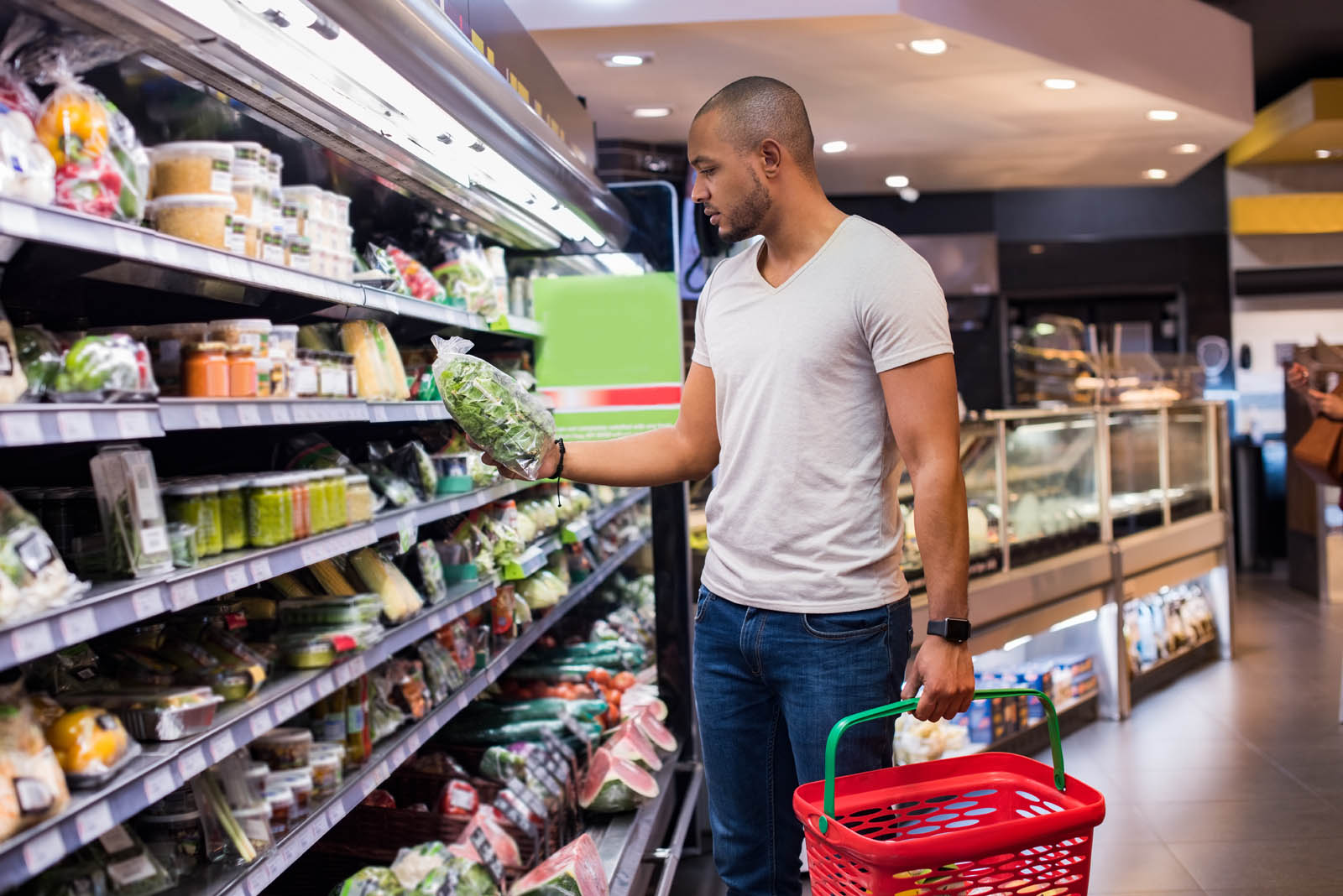
Case Study
Exploring the Path-to-Purchase Across a Variety of Channels
overview
Although the Coronavirus pandemic impacted grocery-shopping behaviors, we don’t know to what extent or whether those behaviors have sustained over time. For example, we observed a large degree of channel-shifting, with an acceleration in the adoption of online grocery shopping and a decline away from c-store. However, we don’t know what portion of shoppers are seeking specific categories at various channels two years out from the peak of at-home lockdowns. And within each of those channels, we don’t understand the nuances to how shoppers are navigating the shopping experience and choosing products.
So how does a brand uncover and quantify an increasingly complex decision-making journey? And how do they influence decisions along the path shoppers take when buying products?
These were the questions facing a leading food and beverage manufacturer. Seeking answers, they approached C+R Research for help. We developed a multiphase qualitative and quantitative research program to dive deeply into the shopper journey in their category. With these insights, we were able to provide our client with recommendations to better reach shoppers, influence their choices, and allow our client to collaborate with buyers to improve the experience at retail.
THE PROBLEM
What’s the Shopping Journey Now?
Our client, a food and beverage manufacturer, has category-leading products that are over-developed in some channels with opportunity in others.
They approached C+R for help in better understanding the nuances in how shoppers approach the category in a variety of channels, specifically:
- How do shoppers decide where to purchase the category?
- What steps do shoppers take during the shopping journey?
- Where are the most impactful and influential points in the path-to-purchase?
- Why do they take specific steps and choose certain products?

OUR APPROACH
Multiphase qual and quant with shopping missions
We developed a multiphase qualitative and quantitative research program to help our client answer their important business questions.
First, we created an online discussion board to delve deeply into the path-to-purchase, including pre-store, in-store, and post-store activities. Twenty-eight recent category shoppers completed two days of activities and discussion. Through these discussion questions and other activities, we learned about the steps shoppers take along the journey, as well as the whys behind these steps.
As part of the online immersion, participants completed a self-guided shopping mission in a store where they typically shop. Participants recorded their experience shopping for the category and identified the steps they take, indicating what they are looking for, why, and the positives, negatives, and gaps they noticed during the process.
Next, a subset of 8 participants were invited to complete a live online shop-along interview. These interviews, which lasted 60 minutes each, allowed us to dive deeper into participants’ drivers, barriers, and navigation during online grocery shopping. Via screen sharing, we saw their first-hand experience shopping online and, following a semi-structured conversation guide, we explored the overall experience as well as that of the specific category.
After the qualitative phases were complete, we administered a national online survey to 775 category shoppers to quantify the results. We were able to compare the differences between shopping journeys for seven different in-store and online channels and among several key subsets of shoppers. We also identified the key drivers for retail and product choice, as well as the motivators behind shoppers’ actions.

The result
Shopper Journey Leads to Go-To Market Strategy
We helped our client to learn more about the shopper journey in their category, including the various triggers that drive shoppers to buy, the reasons for choosing specific channels and retailers, and the unique ways of navigating during the shopping process. We also learned key differences in the type of shopping that occurs by channel, which helped inform the client’s go-to-market strategy and enabled them to partner with retailers to improve the overall experience.


proven experience
related case studies
